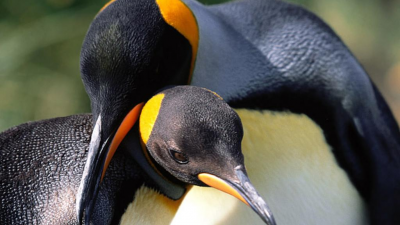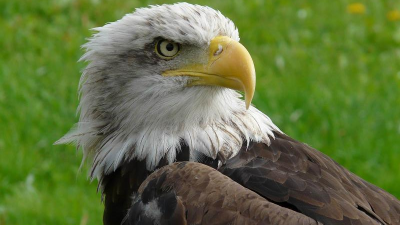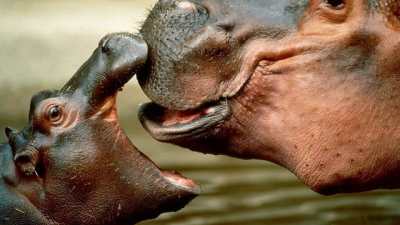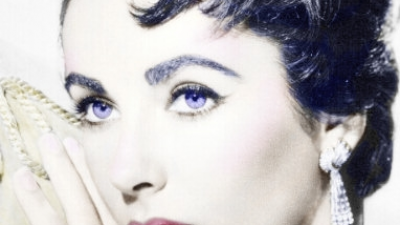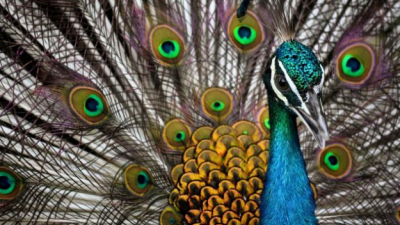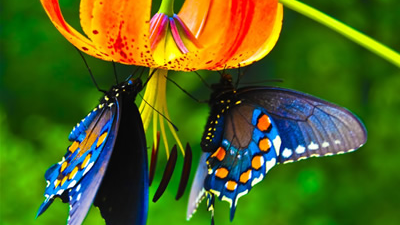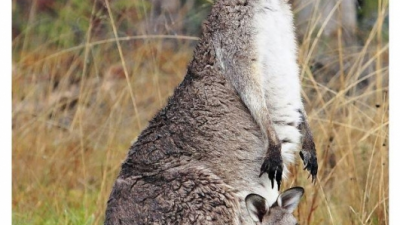The best curiosities of Ireland
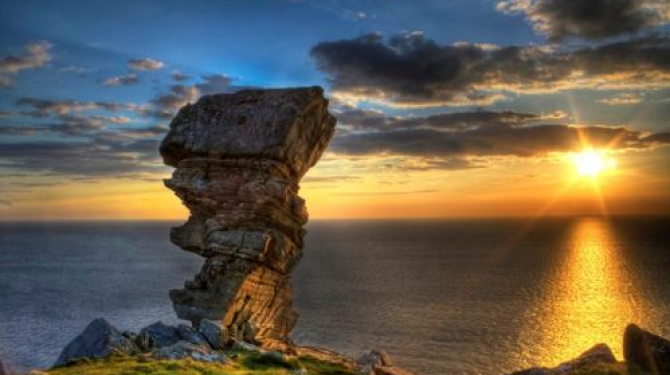
Source: listas.20minutos.es
There is an ideal place to rescue the child that is carried inside and dream of the imagination in full bloom, in a land of fantasy, mystery, and fairy tales. With ancient myths and legends to discover, and fascinating landscapes to explore, Ireland is a place where magic and illusion have no end. There fairies and elves are the protagonists in each site. The most incredible Celtic anecdotes, full of wonder and action took place in Irish lands.
TOP 17:
Newgrange
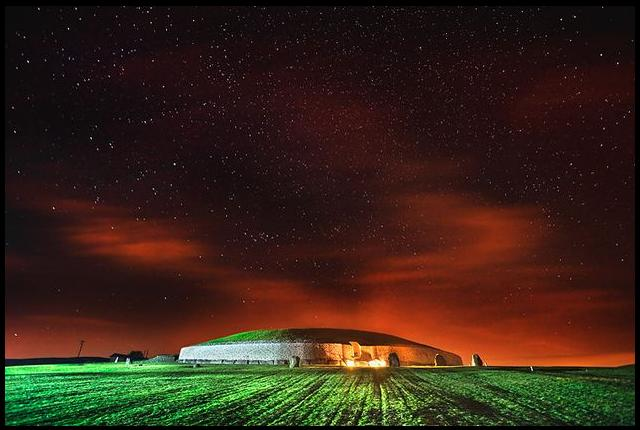
Newgrange is located 60 kilometers from Dublin, in Meath County, an archaeological site more than 5,000 years old, more than Stonehenge in England and the Great Pyramid of Giza in Egypt. It is a passage-shaped tomb within a large circular construction that, together with the nearby sites of Knowth and Dowtn, was declared a World Heritage Site by Unesco in 1993. In the incredible landscape of Brú na Bóinneen, or Valle del Boyne, with green hills dotted with small trees, we find a place full of magic and mystery that was hidden for 4,000 years until it was rediscovered. It is a large circular structure with a size similar to that of a hill that should have served as a tomb at the time, or at least to perform rituals related to death, such as cremations. Its walls are composed of large rocks at its base and it rises several meters with a cobble of small white stones. The stones of the base are covered with Celtic drawings, such as spirals, double spirals and trisqueles, which refer to eternal life. This circumference has a door through which we access a very narrow 18-meter corridor that leads to a wide, cross-shaped chamber, whose ceiling rises to about six meters and creates a vault of large rocks. This construction remained hidden until the seventeenth century, when it was discovered by people looking for stones to use for building works. Later, between 1962 and 1975, Newgrange was excavated and restored. During the excavation the remains of five people were found. The curious thing about this site is that, during the winter solstice, on December 21, a sunbeam penetrates through the only door of this construction, lighting the central chamber, which during the rest of the year is in the penumbra. This moment can only be lived by a few lucky ones, because in order to visit the site at the time the lighting is produced, it must be selected through a raffle among thousands of applicants a year.
TOP 16:
Origin of the name Ireland
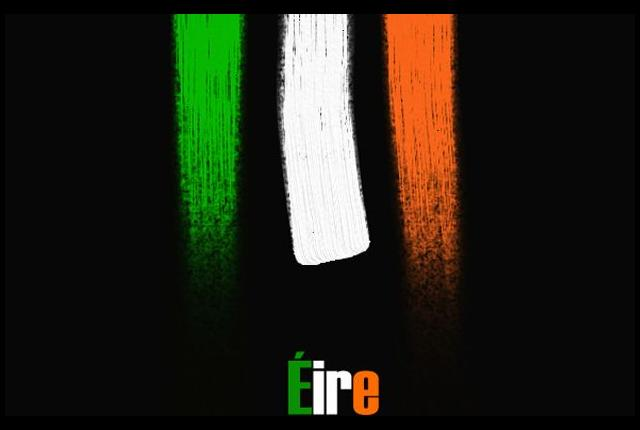
It comes from the name Ériu, who in Irish mythology was the daughter of Ernmas de los Tuatha Dé Danann. Her husband was Mac Gréine (son of the sun) = Ériu + 'land'. Together with his sisters, Banba and Fodla, he was part of an important triad of goddesses. When the thousands arrived from Galicia, each of the three sisters asked that their name be given to the country. It was granted to all three, although Ériu (Éire) became the most used (Banba and Fodla are still sometimes used as poetic names for Ireland).
TOP 15:
Hag's Head - Cliffs of Moher
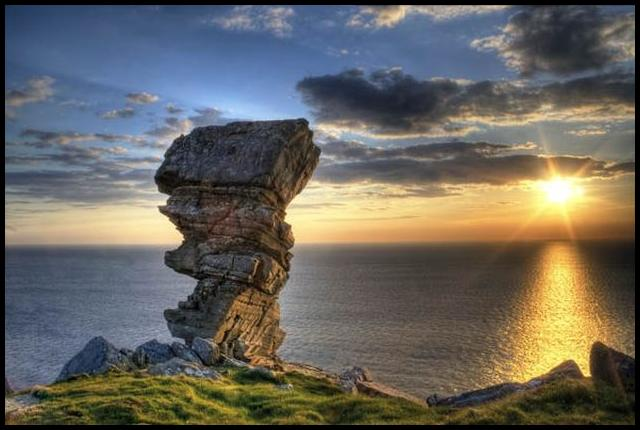
Hag's Head (the witch's head) is the name given to the southernmost point of the Cliffs of Moher, where the cliffs form an unusual rock formation reminiscent of the head of a woman looking towards the sea. A legend tells how an old witch, Mal, fell in love with the Irish hero, Cú Chulainn and persecuted his beloved throughout Ireland. Cú Chulainn jumped down the rocks as if they were steps, but Mal was not so agile and crashed into the cliff.
TOP 14:
Saint Patrick, a "celestial" saint

St. Patrick is famous for his good deeds, one of which began with the complaint of Saint Bridget to the saint because he considered it unfair that women had to wait for a man to declare them. For this reason, St. Patrick 'solved' the conflict by granting a day for women to declare themselves to men, and it was so generous that he proposed on February 29, so every four years you can see a woman kneeling and declaring to to ask for the hand. It is not surprising that they use the Claddagh ring, a traditional Irish ring that is delivered as a symbol of friendship or as an engagement ring. The ring shows two intertwined hands that grab a heart with a crown on them. It is said that the heart corresponds to love, hands to friendship and the crown to loyalty. According to tradition, depending on how the ring is worn has one meaning or another: - In the right hand with the heart pointing out it means that the person does not maintain any relationship, however if he is pointing towards the body, this person has his busy heart - In the left hand, if the ring is pointing outwards it means that the person is engaged, when the person is married the ring points towards the body. Movie "It had to be you" - 2009 Synopsis: Anna (Amy Adams) has been dating Jeremy for four years and has already tired of waiting for him to propose to her. Coinciding with her boyfriend's trip to Dublin, the young woman discovers that in Ireland there is a legend according to which women can ask for the hand of men only on February 29, in leap years. Anna decides to leave Boston to fulfill this old tradition, but bad luck is primed with her and ends up being lost. Declan (Matthew Goode), an arisco type, becomes his only help.
TOP 13:
The mysterious hill of Tara
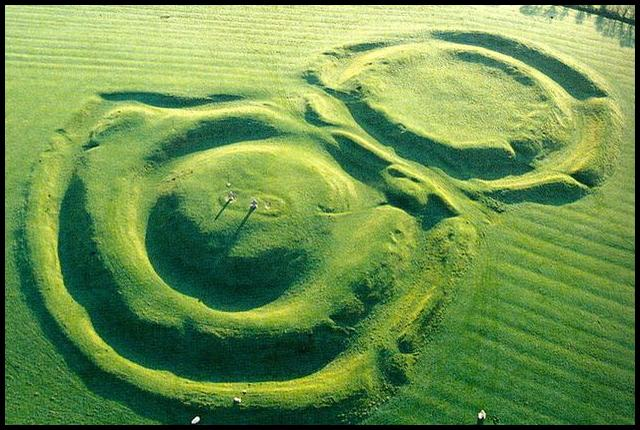
For many centuries, historians have tried to unravel the mysteries of Tara, and have suggested that from the Celtic invasion of the island to the invasion of Richard de Clare in 1169, it was the political and spiritual center of the island. Because the history and archeology of Ireland are not well coordinated, archaeological theories, as for recent findings, suggest that the complete history of Tara Hill is far from being fully known. Scholars' previous dispute over the initial importance of Tara advanced when archaeologists identified the pre-Celtic monuments and buildings, dating back to the Neolithic, some 5,000 years ago. One of those structures, the Mound of Hostages, has a short corridor that is aligned with the sunset of November 8 and February 4, which are the dates on which the ancient Celtic feasts of Samhain and Imbolc were celebrated . There is a tomb, located near the hill, which is designated as the grave of King Lóegaire, who was the last pagan king of Ireland. Conor Newman, professor of archeology at the National University of Ireland in Galway announced that he had located a massive underground temple in Tara. Since 1992, Newman has been working on Tara Hill preparing a study of the area for the state-funded Discovery Program. He found the Tara monument using an underground radar device. What they finally discovered in the crown of the hill was a huge oval-shaped monument that measures about 170 meters at its widest point. Around it are 300 holes of two meter wide posts. The evidence indicates that this 'Corona' (tiara), jewel of Irish archeology, was built through an enormous effort. 300 towers of oak poles once surrounded the hill. This latest discovery reveals that the real treasure exists under the sacred hill and could soon be revived. Tara is the prehistoric home of the magical Tuatha Dé Danaan, who are considered direct descendants or reincarnations of the Resplendent Biblicals (Elohim), the creator gods. The Stone of Ana or "light" on the hill of Tara is believed to be the same as the stone of Light ("light") on which Jacob laid his head and subsequently saw a ladder that reached the sky. The mythology of the Danaan indicates that they had the ability to control the sunlight through the power of a magical blue stone of miraculous powers. This stone is the basis of Irish mythology. There is a fascinating and powerful connection between the blue stones of EA in Ireland, and the Ark of the Covenant, the golden vessel through which the brilliant presence of God's Divine Light appeared to the Jews. According to Irish tradition, the "lost" Ark of the Covenant is hidden in Tara. At the beginning of the 20th century, a group of Israelites, connecting Tara with the Torah, arrived in Tara with the conviction that the Ark of the Covenant was buried in the famous hill. They dug the Mound of the Synods in search of the Ark, but only found some Roman coins. Official excavation in the 1950s revealed post hole circles, indicating the construction of important buildings here. Graham Hancock mentions these stones in "The Sign And The Seal", speculating that Moses knew they were hidden on Mount Sinai and that they are meteorites possessing a supernatural power source. In addition, it suggests that they are an encryption system for the Holy Grail. The bunch of grapes, or blue stones, symbolizes the Grail. Most Ark investigators dodge the blue stones for lack of available information, and for the fact that they were shattered by Moses and replaced by a second series of tables containing the Ten Commandments. The blue stones were given to Moses by a God of light on the shining mountain, or steaming mountain of light, the Sinai, which is considered a metaphor for the Tree of Wisdom and the door to God. The Irish idea is that Jeremiah took the stones to Ireland along with the princess of Tara, founding a Druid school of stone-based wisdom. The race to recover the blue stones of Atlantis continues.
TOP 12:
Origin of Irish mythology
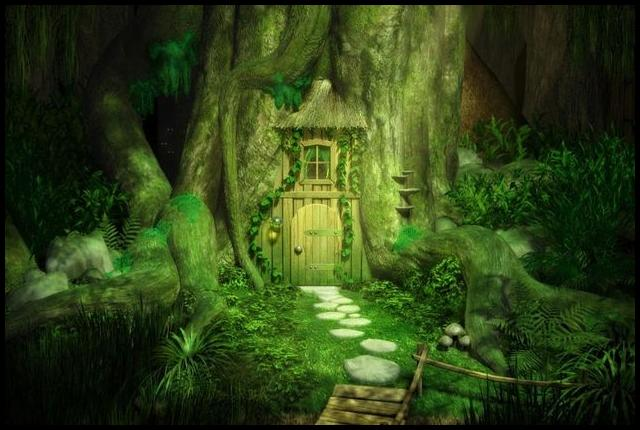
The Celts covered much of the European continent, but were not unified, so there was a lot of variation in the local practices of the Celtic religion. Of the approximately 300 gods that were worshiped by these peoples, we only conserve those that had their Roman equivalent. The nature and functions of these ancient gods can be deduced from their names, from the location of their inscriptions, their iconography, and from the Roman deities with which they have been compared. The myth of greater antiquity is found in the manuscripts corresponding to the high middle ages of Ireland, which were written by Christians, so the divine nature of their gods was modified. The original myth seems to be a war between two apparently divine races: the Tuatha Dé Danann, literally the Tribes of the Goddess Dana that constitute what is called the great gods of the Irish pantheon, and the Fomoré, mysterious people that appear constantly in the tradition Irish constituted by giants that live in the islands that surround Ireland and that continually threaten to invade it without realizing it. For the first Celts some trees were considered sacred. The importance of trees in the Celtic religion is shown by the fact that many names of the Eburonian tribe contain some reference to the yew tree, while names like Mac Cuilinn (son of holly) and Mac Ibar (son of yew) appear In the Irish myths.
TOP 11:
Leprechauns
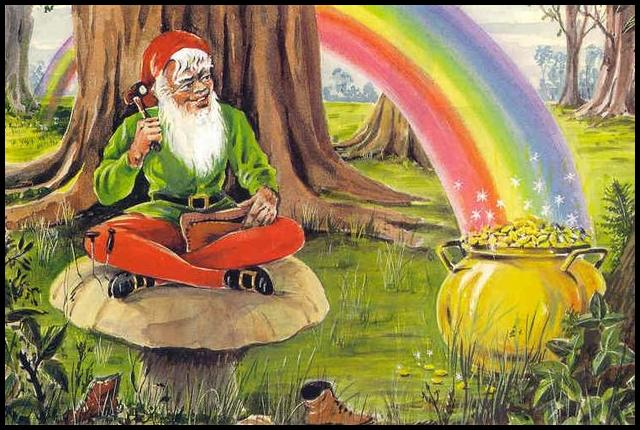
Leprechauns are less popular and less known than goblins. When we talk about a leprechaun, surely we all come to mind a tiny being, with reddish hair, skunk, blushes on the face and a green suit. Perhaps many see it even with his characteristic hat. Well, this image is inspired by the famous leprechaun. The word "leprechaun" comes from an Irish word "luchorpan" which means "small body", according to the most common source. In the Irish Gaelic language it is "leipreachàn". There are several etymological possibilities for the word "leprechaun", although the best known is the one that says it could derive from the Gaelic expression "leath bhrògan", literally shoemaker. It is not uncommon, then, that Irish leprechaun is also recognized as the shoemaker of Ireland. He is often represented working on a shoe. They are the best known folk creatures in Ireland, but also one of the best known magical beings. Because of its great popularity, it has become almost a mythical creature, of an almost historical race (from the history prior to the arrival of the Celts of Ireland) as the Tuatha Dé Danann for the Irish people. Its appearance has evolved according to times and time. It can be young or old, look good or youthful, or perhaps more mature and grumpy. We see that he can be kind or fierce. It is neither all black nor all white, it is a beautiful mixture of the two, in the image of many magical creatures. Indomitable, giving and taking, can be helpful or greedy. What is certain is that he is a brave and hardworking being. It moves very fast and has the ability to be invisible or disappear. So you can escape your aggressors better. It also has the power to reveal the rainbow, calling it through a method that only he knows. It can bring luck or misfortune, according to your liking. As for humor, it is a bit sarcastic being. He doesn't like foreigners or be bothered. It is a spirit of nature, free, wild and indomitable. However, he has managed to remain one of the most vivid symbols of Ireland. They are said to be very rich, as they guard many earthenware vessels full of treasures that were buried in periods of war. According to legend, if someone manages to fix his gaze on a leprechaun, he cannot escape and he has to give you his treasures, but the moment he looks away ... he disappears.
TOP 10:
The magic of the Celtic harp
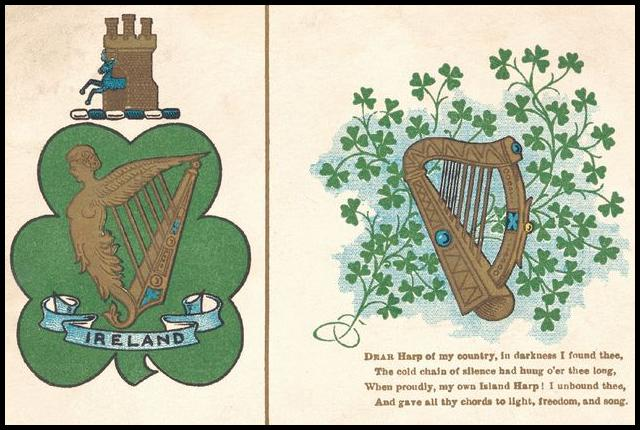
The Celtic harp is the oldest symbol in Ireland. This string instrument has been used in official stamps and documents, as well as now it is effigy minted in the coins and stamped on the Irish Euro banknotes. Harp, healing instrument of the spirit: "Legacy of the Celtic culture, connection of man with nature in its purest state; recover the divine essence that we all have." The Harp is an instrument that comes from very remote times, even before ancient Egypt. It is a legacy of the Celts who inhabited the territories that are now of Ireland, Scotland and Spain. They were very connected with nature and ruled their lives, from the movement of the stars, to very subtle things, for example water. The connection they had with fairies, with invisible beings, with the spirit beings of each element and those that are visible. The Celts were wise and their druids healed with music. The Celtic harp is a very subtle instrument and at the same time very strong, it is tuned to all these energies, so they used it mainly for a deeper purpose than just fun: as healing.
TOP 9:
The passion of the Irish for beer
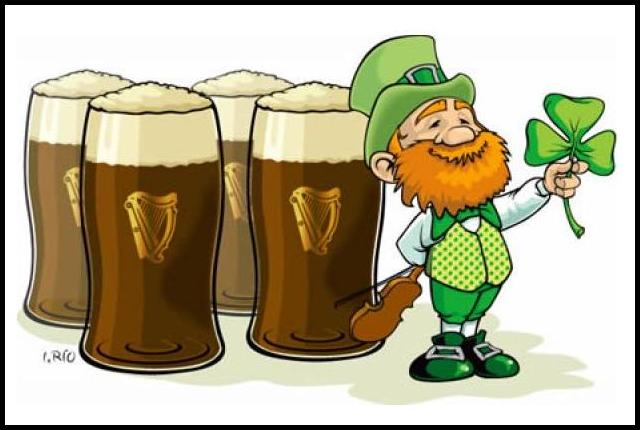
Everyone knows the love of the Irish for alcohol and music, so it is common to find a traditional music group every day in an Irish pub, where not only sings and dances, but sometimes legends are told mythological as the history of the Universal Flood from the point of view of Ireland. It is said that the flood affected the island in such a way that it depopulated it, and the first people who re-populated the island were a brewer and a distributor of alcoholic beverages. From the current point of view, this story sounds even plausible.
TOP 8:
Oweynagat, the magic door of Roscomonn
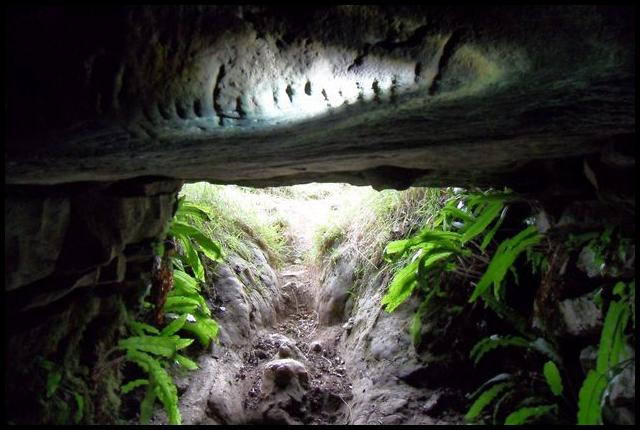
Ireland is a land of mythology and in Roscommon County we find the Oweynagat. This place is part of Cruachan, which is believed to be the capital of the Connacht kingdom and headquarters of Queen Maeve and her husband Ailill de Connacht, characters within the Ulster Circle of Irish mythology. This site, a mound, is very present in local folklore because it speaks of many destructive creatures that have emerged from the earth using the Oweynagcat, the cave of Cruachan, as an exit door to the surface.
TOP 7:
The lady of death
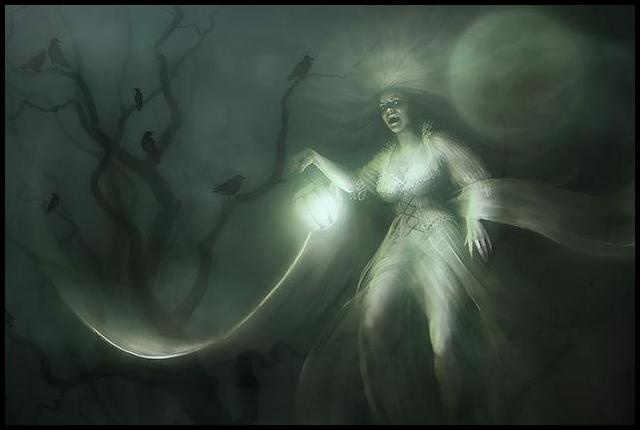
Irish mythology has given lyrics to many stories, stories, tales of medieval fantasy and comics. It is really wonderful. One of his characters is Banshee, that's how the Irish women fairies are told (Ban = Woman, Shee = Fairy). It can appear in three different forms: as a young woman, as a midwife or as an old and ugly harpy. With these three forms, what the Celtic goddesses of war and death are represented, then called Badhbh, Macha or Mor-Rioghain. Although it may appear dressed in different ways, it will always appear with loose hair and red eyes that remain after crying. The Irish say that when someone is about to die, the Banshee appears at home during the night and sometimes he can cry there for several days, announcing the death of a mortal. The Banshee is a lonely woman who, it is also said, only mourns families who have a long Celtic lineage with last names that begin with Mc or Mac or O '. The Celtic tradition says that you can only cry for five families. It is also called The White Lady of Laments or the Lady of Death.
TOP 6:
The myth of the mermaids
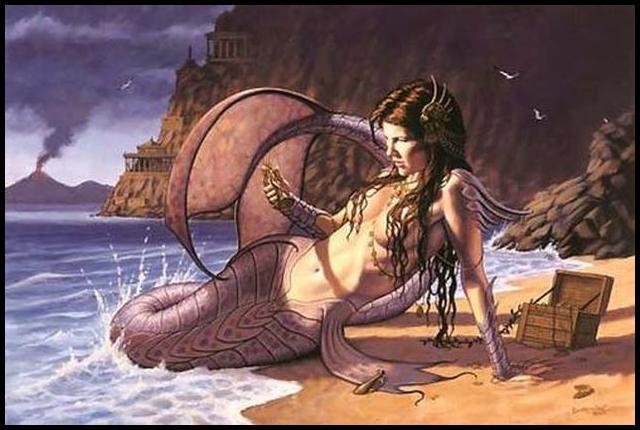
In Ireland, the Sirénids are called merrows. They believe that the number of females is higher than that of males, although they are uglier than their partners: a male merrow has pointed teeth and a pig-like face. All merrows are characterized by the membranes of their hands, their hostility towards humans and their magical garments, which allow them to pass through any ocean current. Every man or woman who steals a garment from a merrow has power over it, and in many stories, several men hide these garments forcing females to marry them. The men win beautiful and rich wives (due to the booties that the mermaids get with the wrecks), but if the Merrow wife recovers her garment, the call of the sea will be so strong that she will end up abandoning her children and her husband. Currently there are opinions about the existence of these mythological creatures. This diversity is found in documentaries and articles that ensure and even argue its existence. An example is a fantasy in the form of a televised documentary on Discovery Channel's Animal Planet, "Sirens: The Found Body" and many people thought they were evidence of existence.
TOP 5:
Malahide's ghosts
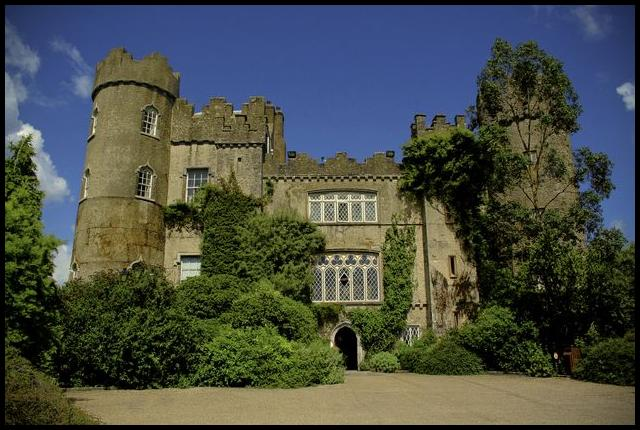
Ireland is a country completely linked to the Celtic tradition and, as such, to hundreds of legends full of ghosts, spirits and other myths that evoke certain echoes of other worlds. Within this majestic esoteric paradise, Dublin plays a very important role, since some of the great magical points are in its surroundings, for example, the famous Malahide Castle, whose numerous ghosts are the talk of the surroundings. A page, named knight, was in charge of protecting the daughter of Count Talbot. She, promised to an evil man, was attacked one night in which the knight was absent cheated by the girl's cruel future husband. Upon his return, he was caught and charged with the attack. Despite her exculpatory statement, the gentleman was sentenced to die hanged. She committed suicide before being forced to marry her infamous fiancé and, again, blaming the page for such a situation, they cursed him to roam the castle until he repaired his fault and was granted his family's forgiveness. Since then, Anthony, the knight unjustly hanged, runs through the castle in distress and appears in search of help and forgiveness, to rest in peace. There are many who say that even today, they can be seen, heard and felt, especially during the night, although they also claim that it does not cause any sense of fear, but rather nostalgia. They say that he is an endearing character that everyone who works in the castle has taken care of. It is a tremendously esoteric and very beautiful place, so unbelievers can visit it and if they are disappointed, they will at least visit the oldest medieval castle in Ireland. A curse A curious story is that of the Battle of Boyne, on which there is a very illustrative picture that in the Great Hall or at least, there was. And apparently fourteen members of the Talbot family, had breakfast together one morning in the dining room of the castle, but after the contest none of them returned alive at nightfall. It is said that misfortune was the result of a curse resulting from the disobedience of one of the Talbot. This man dreamed that a virgin appeared to him and ordered him to build a votive chamber adorned with ivory pillars, but since ivory was very expensive, the count built it of oak and painted the pillars in white. "The Blessed Virgin will never notice the difference," the stingy count must have thought and apparently the virgin did notice the deception and since then withdrew her favor to the family. Family that fell out of favor.
TOP 4:
Saint Patrick and the Elves
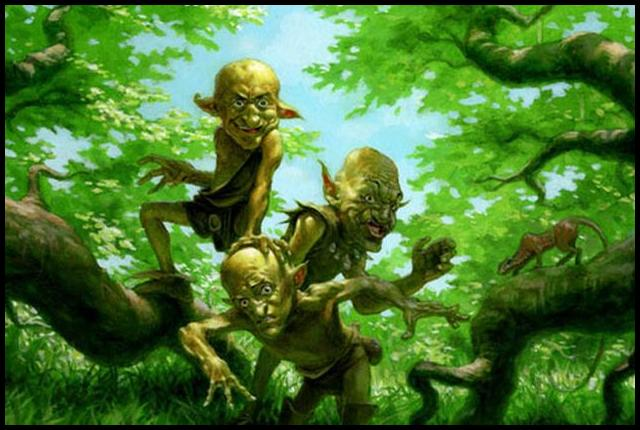
It is said that when Patricio founded the first church to begin the conversion of paganism, his opponents the Druids did not at all fall into grace, so they sent the goblins, (elemental beings on whom they exercised their power), to bother them to the Saint who was gaining many adherents for the miracles he performed. Thus the elves tried to make their lives impossible within the Church, directly bothering all the parishioners, who constantly complained about them, until St. Patrick decided to face them and threw them out of the house of God, with these words; "In the name of Almighty God I expel them, to impure spirits." Phrase that was coined and adopted by the Irish to exorcise these playful and annoying creatures, for the rest of the story.
TOP 3:
The three leaf clovers
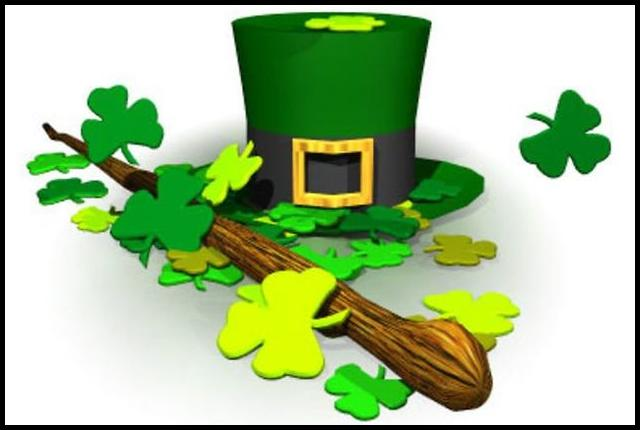
No wonder clovers are an iconic symbol of Ireland. According to legend, they are considered a sacred plant because their leaves formed a triad, and the number 3 was a mystical digit in the Celtic religion. When the Christian religion arrived on the island, the clovers returned to take a very important role since it is said that St. Patrick Christianized the island thanks to the clover. A three leaf clover looks like a cross and each leaf symbolizes the Holy Trinity (Father, Son and Holy Spirit).
TOP 2:
The message of the butterflies
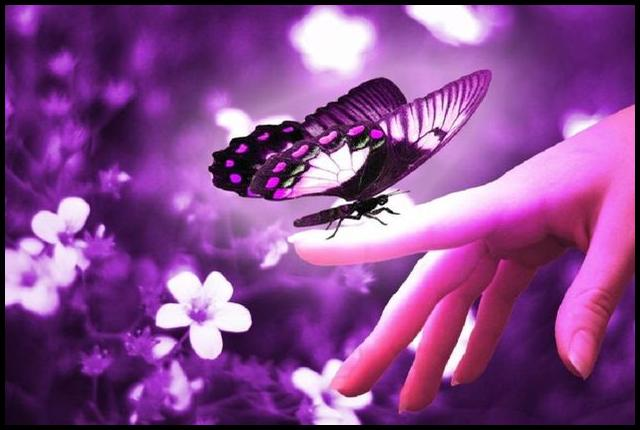
"Among the Celts the butterflies had a concrete symbology, they represented their belief in the existence of fairies. The butterfly is a symbol of the" Sidhe "and represents a metamorphosis, a metaphorical transition of the spirits who hope to be reborn," to die "in the Another World, to be born in this one, in a perpetual exchange. These spirits who have to return to our world, used to be represented as fairies, mounted on butterflies, to remind us of the symbolism of this transforming aspect. to travel between worlds in search of knowledge, crossing borders and with the experiences of unconsciousness that enrich us. " When butterflies flutter inside houses, they always announce news. Depending on the color, the news can be positive or negative. - If the butterflies are white or dominating that color, they announce positive news about something that is waiting. It is the light that diffuses. It expresses the idea of: innocence, peace, childhood, divinity, stability. - If they are black or that color predominates, the butterflies bring a negative omen. They announce small obstacles and obstacles that we have to discover. - When the butterflies that visit us are violet, they bring balance, harmony, stability and a high degree of relationship capacity among the people that are in the environment. - If the green color is on its wings, the butterflies talk about love. New loves and love recoveries. Reconciliations and approaches with people who have moved away from us. - If the butterflies are yellow or that color is dominant, they announce that we are entering at some point where success will accompany us. - Brown, announce enemies and invite us to discover them. - Red, recovery of sick people. - And the blue ones are the most magical. Blue butterflies are like a good luck charm.
TOP 1:
Why are there so many castles in Ireland?
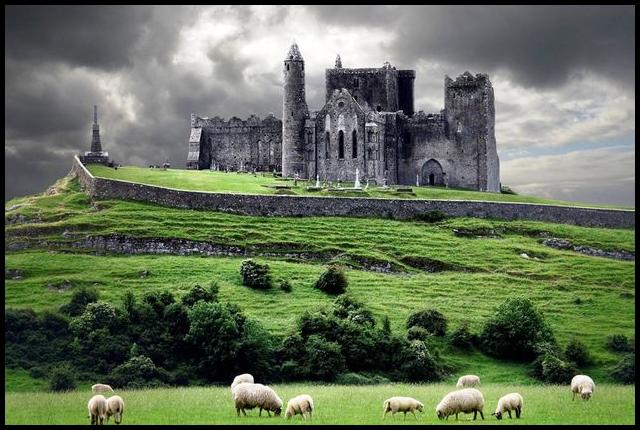
It is surprising that in such a small territory there are so many fortresses, but perhaps I miss less knowing that Edward VI promised a donation of 10 pounds to everyone who built a castle because he wanted to reinforce the borders of his kingdom. Irish castles hide all kinds of secrets, betrayals and murders, but also some less morbid elements; if you want to get the gift of eloquence you have to kiss the stone of Blarney (Blarney Castle, southern Ireland) because according to legend, if you kiss this stone you get this precious gift. The only problem is that to kiss it you have to maintain a somewhat uncomfortable posture, since it is necessary to sit and lean back over the void to be able to touch the mythical stone with your lips. Although now the placement of life bars on which to be able to hold turn torticollis into the only real risk, before there was a real danger as a price for obtaining the valuable eloquence.

